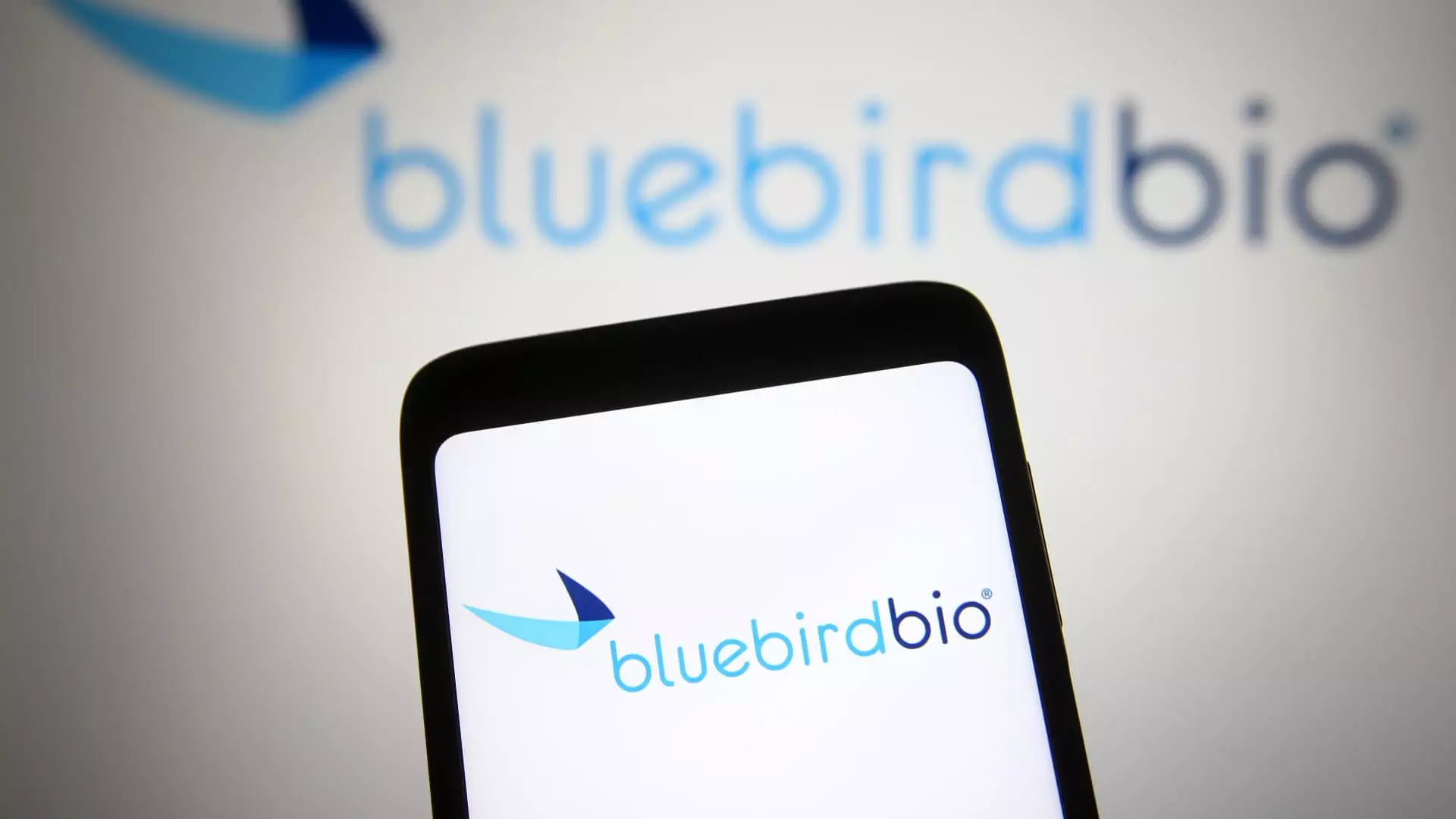The journey of Bluebird Bio epitomizes the rapid fluctuations common in the biotech industry, where enormous potential can pivot into profound setbacks. Once hailed as a darling of the biotech field, the company announced its integration into the portfolios of private equity firms Carlyle and SK Capital for a mere $30 million. This sale starkly contrasts with Bluebird’s former promise, signaling a dramatic decline from its previous status as an innovative leader capable of delivering groundbreaking genetic therapies.
The Details of the Acquisition
Under the terms of the sale, Bluebird’s shareholders are set to receive $3 per share, with the potential for additional payments totaling $6.84 per share contingent upon the achievement of $600 million in annual sales for its gene therapies by 2027. This baseline offer arrives at a time when Bluebird’s shares had closed at $7.04 just prior to the announcement, illustrating the sharp downward spiral as shares plummeted by 40% post-news. For long-term investors, this sale represents not only a severe financial loss but also the culmination of years of unmet expectations.
For over three decades, Bluebird Bio positioned itself alongside the revolutionary strides in genetic medicine, primarily focusing on creating one-time gene therapies intended to address complex genetic disorders. At a high point, the company boasted a market capitalization nearing $9 billion, energized by optimism over its innovative treatment options. However, scientific hurdles began to emerge as roadblocks, from patient health concerns to commercial viability issues. The turning point arrived in 2018 when a patient developed cancer post-treatment, prompting widespread scrutiny over potential risks tied to genetic alteration.
Bluebird faced a significant commercial challenge with the pricing of its gene therapy for beta thalassemia, branded Zynteglo, at a staggering $1.8 million per patient. The backlash from European payers resulted in Bluebird withdrawing its treatment from the market just two years after its approval. Following this, the company redirected its focus toward the United States, attempting to secure approval for not only Zynteglo but also therapies like Lyfgenia and Skysona, which tackled sickle cell disease and cerebral adrenoleukodystrophy, respectively.
Despite achieving regulatory approval for these therapies in recent years, they failed to translate into the financial bolster Bluebird desperately required. The company was engulfed in operational costs amounting to hundreds of millions annually, exacerbated by the strategic separation of its cancer development division into an entirely new organization, 2Seventy Bio. This segmentation eroded crucial revenue streams that could have stabilized its finances.
The Industry-Wide Challenges
Bluebird’s demise serves as a cautionary tale amid a challenging landscape for gene therapy. As regulatory pressures mount and market perceptions shift, the industry is confronting difficult questions regarding financial sustainability. Competitors like Vertex, which introduced a gene therapy for sickle cell disease named Casgevy, struggled with a tepid market response, mirroring Bluebird’s issues. Furthermore, Pfizer’s recent decision to cease sales of a newly approved hemophilia gene therapy underscores the pervasive struggle to establish profitable business models from innovative treatment paradigms.
Despite the challenges that Bluebird Bio faced, the potential of its treatments to transform lives is undoubted. However, its story starkly illustrates how innovation can be undermined by financial realities and operational missteps. As the biotech industry continues to search for viable pathways to capitalize on groundbreaking therapies, the lessons from Bluebird’s fall resonate: the journey from pioneering treatments to lasting business viability is fraught with peril. For patients yearning for solutions, Bluebird’s therapy developments represent glimmers of hope, but the company’s fate serves as a stark reminder of the challenges that lie ahead in the quest for transforming medical breakthroughs into accessible, life-changing options.

